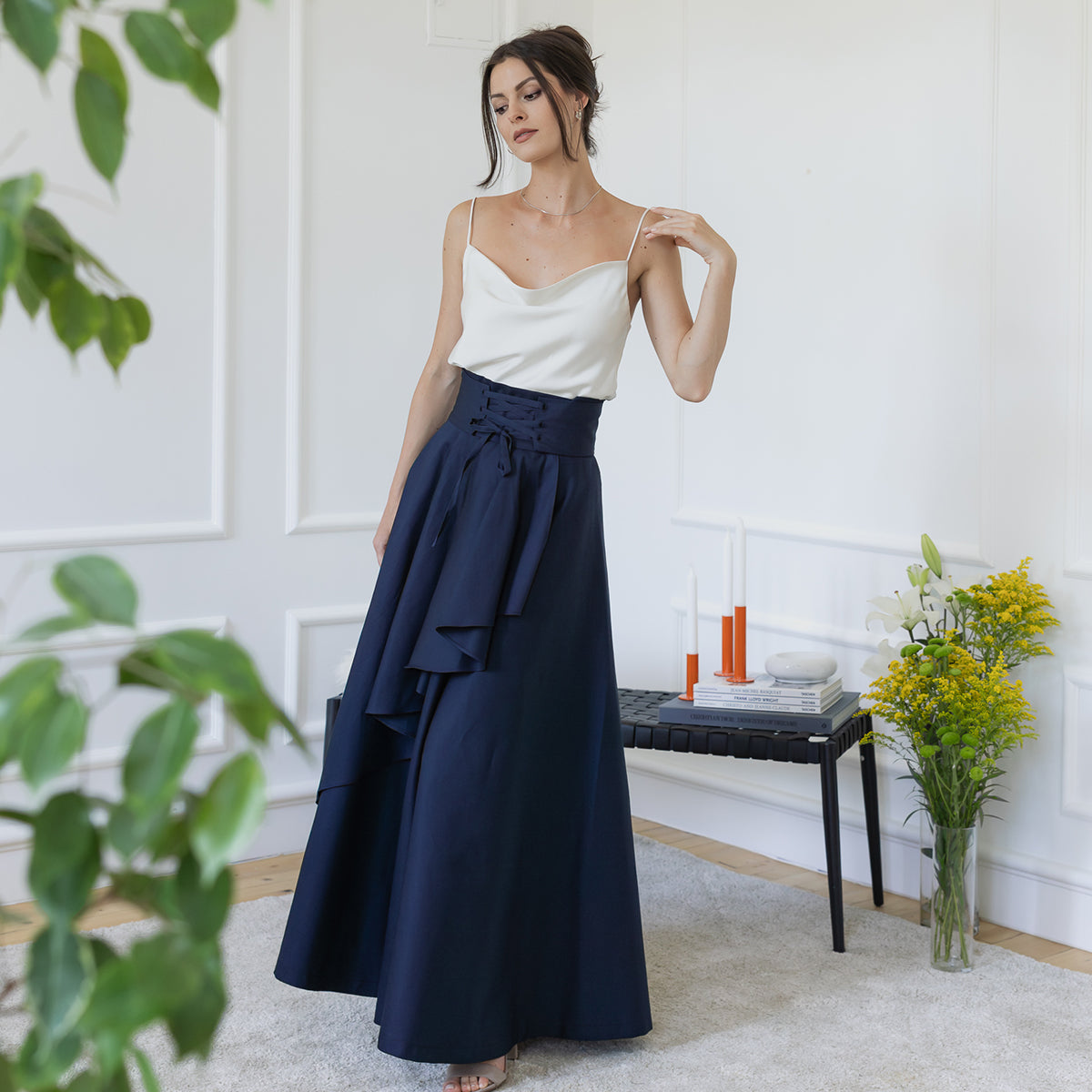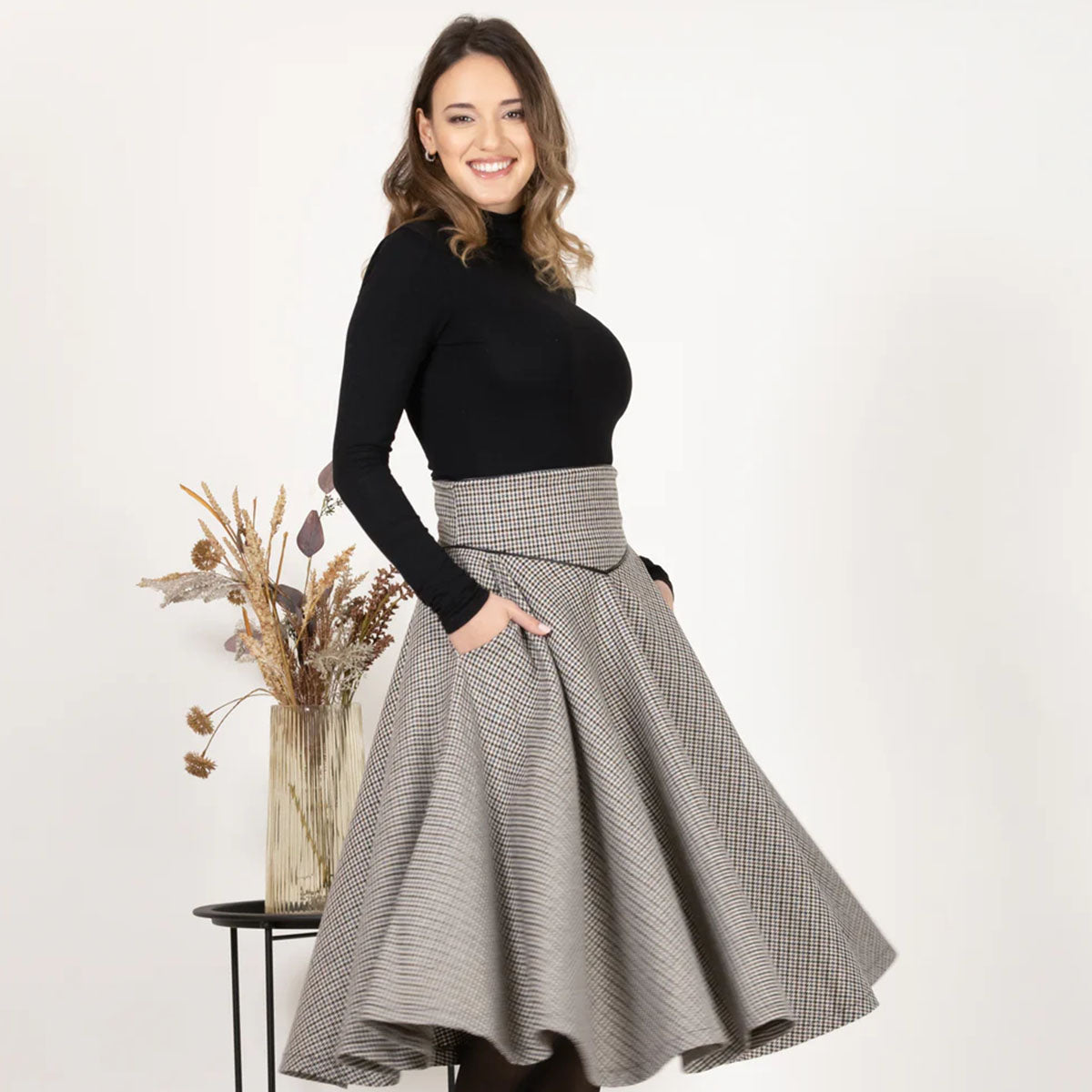In a world where fast fashion has dominated the landscape, the concept of sustainable fashion emerges as a beacon of hope. Imagine walking through a vibrant marketplace filled with colorful fabrics, each telling a story of responsible sourcing and ethical production. Sustainable fashion is not just a trend; it’s a movement that seeks to redefine our relationship with clothing, urging us to consider the environmental and social impact of our choices. But what exactly is sustainable fashion, and why does it matter?

Understanding Sustainable Fashion
At its core, sustainable fashion refers to clothing that is designed, manufactured, and consumed in a way that is mindful of its environmental and social footprint. It encompasses a wide range of practices, from using eco-friendly materials to ensuring fair labor practices. The idea is to create a system where fashion is not just about aesthetics but also about responsibility. As consumers become more aware of the impact of their purchases, sustainable fashion offers a pathway to make choices that align with their values.
Key Principles of Sustainable Fashion
The principles of sustainable fashion are grounded in ethics and environmental consciousness. They guide designers, brands, and consumers in making informed decisions that prioritize the planet and its people.
Ethical Production
One of the cornerstones of sustainable fashion is ethical production. This principle emphasizes the importance of fair labor practices, safe working conditions, and equitable wages for workers throughout the supply chain. Imagine the satisfaction of wearing a garment knowing that it was made by artisans who were treated fairly and paid justly. Ethical production not only fosters a sense of community but also ensures that the craftsmanship behind each piece is respected. As a consumer, you have the power to choose brands that uphold these values, transforming your shopping habits into a force for good.

Sustainable Materials
The materials used in fashion play a crucial role in its sustainability. Traditional fabrics often rely on harmful chemicals and processes that contribute to pollution and waste. In contrast, sustainable materials such as linen, wool, and recycled polyester offer eco-friendly alternatives. You can choose a breezy summer dress crafted from lightweight linen. Not only is it beautiful, but it also represents a commitment to reducing environmental harm. By opting for sustainable materials, you can significantly reduce your clothing's carbon footprint while still looking fabulous.

Sustainable Fashion Trends
New sustainable fashion trends are taking shape as the movement toward eco-conscious fashion continues to gain momentum. Upcycling, for example, is a creative way to breathe new life into old garments. Imagine transforming a vintage denim jacket into a stylish bag or a pair of jeans into trendy shorts. This practice not only reduces waste but also allows for unique, one-of-a-kind pieces that tell a story. Similarly, the rise of rental services and clothing swaps fosters a culture of sharing and community, encouraging us to rethink ownership and consumption.
Sustainable Fashion Tips
Incorporating sustainable fashion into your wardrobe doesn’t have to be daunting. Start by investing in timeless pieces that can be styled in various ways. A classic linen jumpsuit, for instance, can be dressed up with heels for a night out or paired with sneakers for a casual day look. The versatility of such garments not only maximizes your wardrobe but also reduces the need for constant purchasing.

Another tip is to prioritize quality over quantity. Instead of filling your closet with fast fashion items that may wear out quickly, focus on acquiring a few high-quality pieces that will last for years. This approach not only saves money in the long run but also minimizes waste, contributing to a more sustainable fashion ecosystem.
As you navigate the world of sustainable fashion, remember that small changes can lead to significant impacts. Whether it’s choosing to shop from ethical brands, exploring second-hand stores, or learning to upcycle, each decision you make contributes to a more sustainable future.

In conclusion, sustainable fashion is a powerful movement that encourages us to rethink our relationship with clothing. By understanding its principles and making conscious choices, we can embrace a style that reflects our values while also caring for the planet. So, the next time you reach for a garment, ask yourself: What story does this piece tell? How does it align with my commitment to sustainability? Together, we can create a fashion landscape that is not only stylish but also responsible and ethical. Let’s make fashion a force for good.







